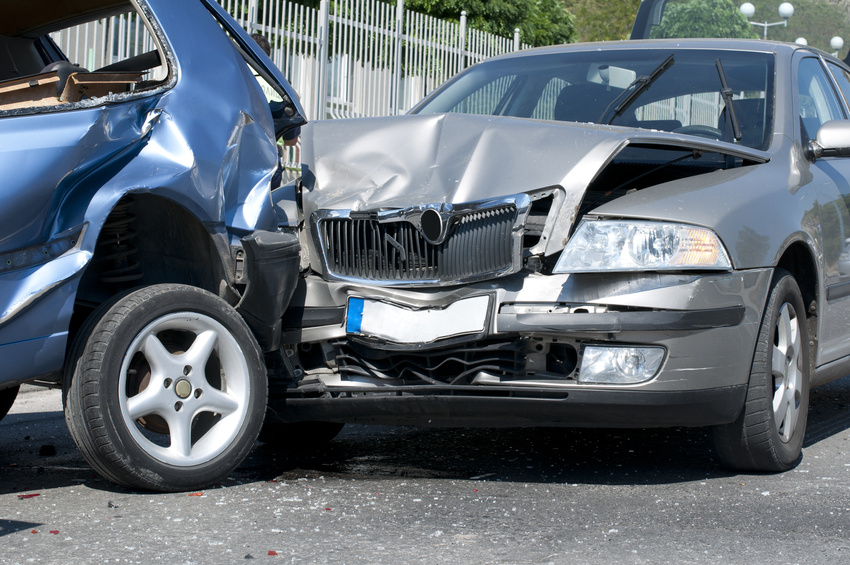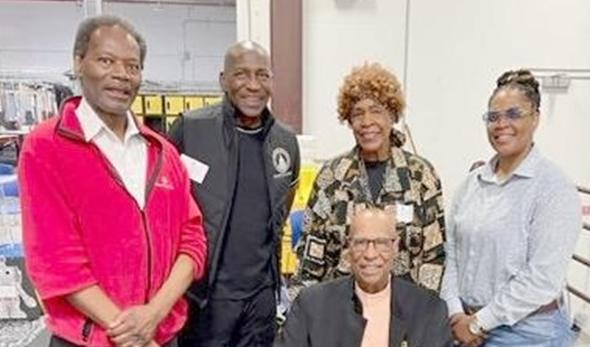
Another accident involving a self-driving vehicle occurred on Friday, August 24. According to Reuters, an Apple self-driving vehicle was rear-ended while merging onto an expressway in Silicon Valley.
The report on the California Department of Motor Vehicles website, posted on Friday, August 31, reported that one of Apple’s Lexus RX 450h self-driving test vehicles was hit by a 2016 Nissan Leaf on the Lawrence Expressway in Sunnyvale, California.
The self-driving test vehicle, which had been driving in autonomous mode, was merging south on the expressway at less than 1 mile an hour when it was rear-ended. The Nissan Leaf was reportedly driving at 15 miles an hour.
The Apple vehicle reportedly slowed to wait for a gap in traffic to complete its merge. The accident occurred around 3 PM. There were no injuries but both vehicles sustained damage.
An Apple spokesperson confirmed that the company had filed an accident report. The company declined to comment about the accident or respond to any questions about which vehicle may have been at fault for the accident.
The accident is significant not only because a self-driving car is involved. The first major self-driving vehicle accident involved a woman in Tempe, AZ who was hit by the vehicle head-on. It’s also significant because the vehicle belongs to Apple.
Compared to other companies like Uber and Google, Apple executives have yet to speak publicly about their self-driving car initiative. The only information the public has been able to obtain until now has been from a July criminal court case.
The case confirmed that 5,000 employees were currently working on the self-driving car program. The case also revealed that Apple was working on circuit boards related to the cars including a proprietary chip.
Apple first publicly acknowledged it was working on autonomous vehicles in 2016 when the company sent a letter to U.S. transportation regulators asking them not to restrict self-driving vehicle testing.
The big reveal of Apple’s self-driving vehicle program on the road means that Apple is now entering as a top competitor in an already crowded field.
The race in the development of self-driving vehicles has been going on for years and involves key competitors such as Google’s Waymo unit and General Motors Co.’s Cruise Automation.
Even Toyota recently invested up to $500 million into Uber’s self-driving program, which the ride-sharing company had allegedly planned to put on hold.
Other major competitors like Tesla and Otto, which have developed self-driving trucks, are currently being held back by legal issues. There are 500,000 reefer trailers operating in the U.S. and self-driving trucks would help to reduce some of the traffic caused by trucks making deliveries across the country.
In fact, trucks often cause bottlenecks on major city freeways, which puts more pressure on cities with already terrible traffic issues. New York City drivers can waste up to $2,243 annually in fuel and time looking for empty parking spots while navigating crowded streets.
And that’s without construction. Although horizontal directional drilling is currently the number one most cost-effective, efficient, and safe method for drilling without tearing up the roads, construction is still one of the top reasons for traffic congestion and vehicle accidents.
Those in the race to create the first working self-driving vehicle say the main goal of the vehicles are to reduce traffic congestion. Yet, there’s also a strong financial reason too.
By 2020, the global automotive aftermarket industry is expected to reach up to $722.8 billion and the global automotive industry is expected to reach $45.76 billion by 2023.
The company who is able to develop a safe and efficient self-driving vehicle would be raking in a large share of those profits. Now, with Apple currently having permits for up to 60 autonomous vehicles, it seems the race may be inching closer to the finish line.


